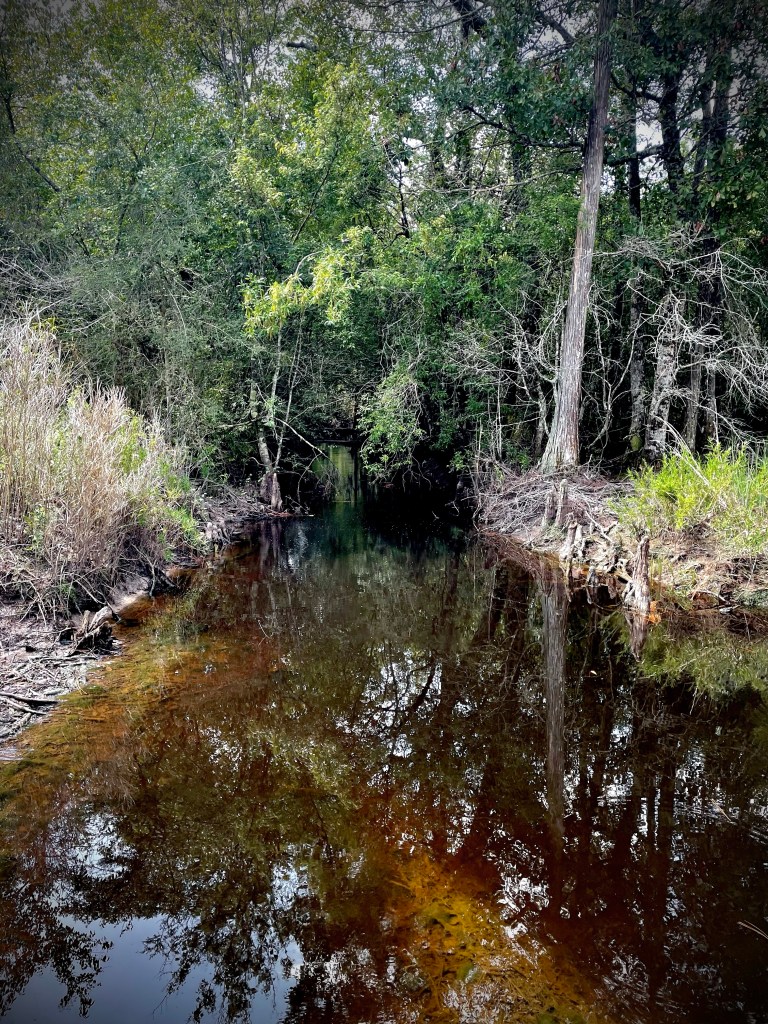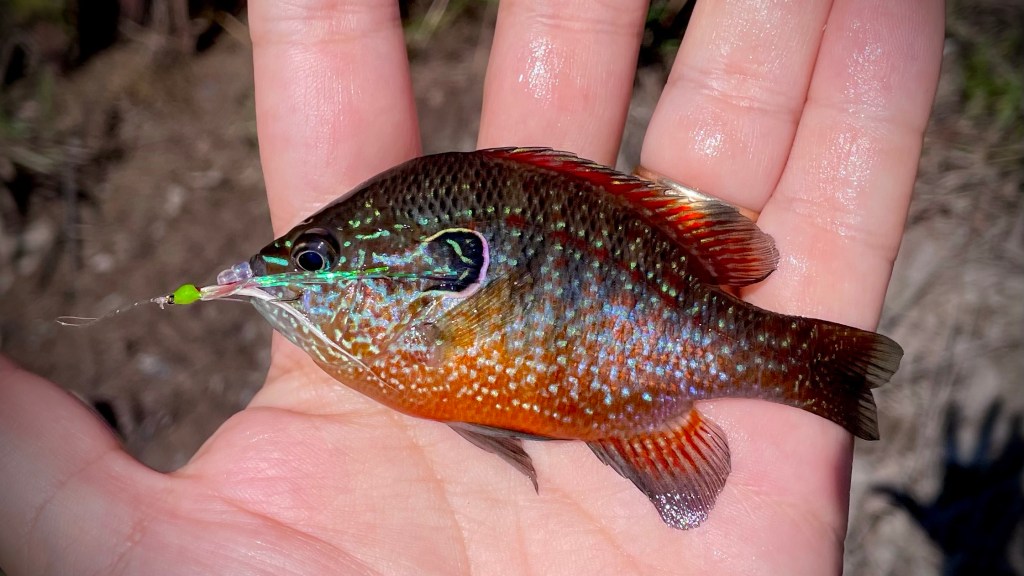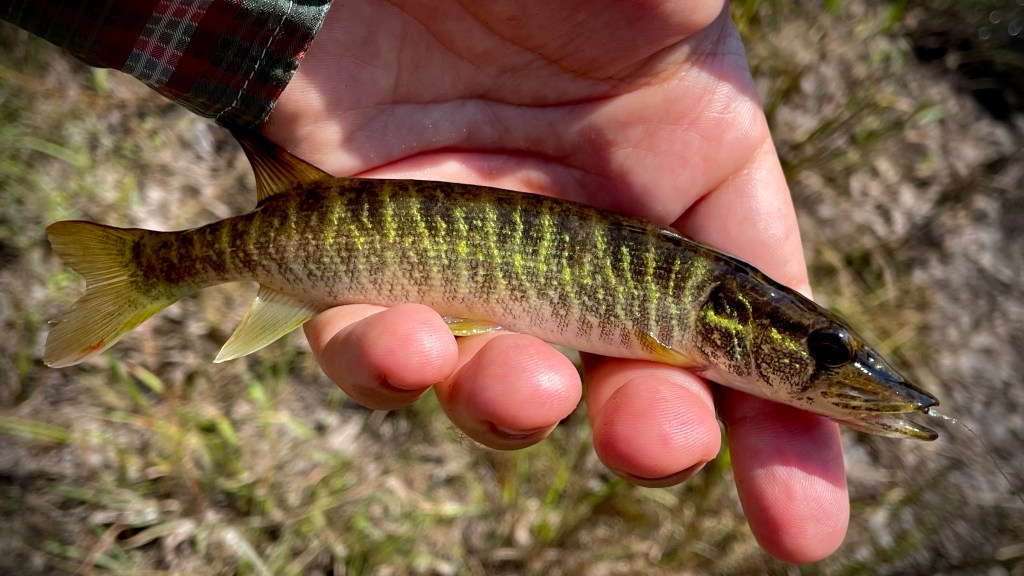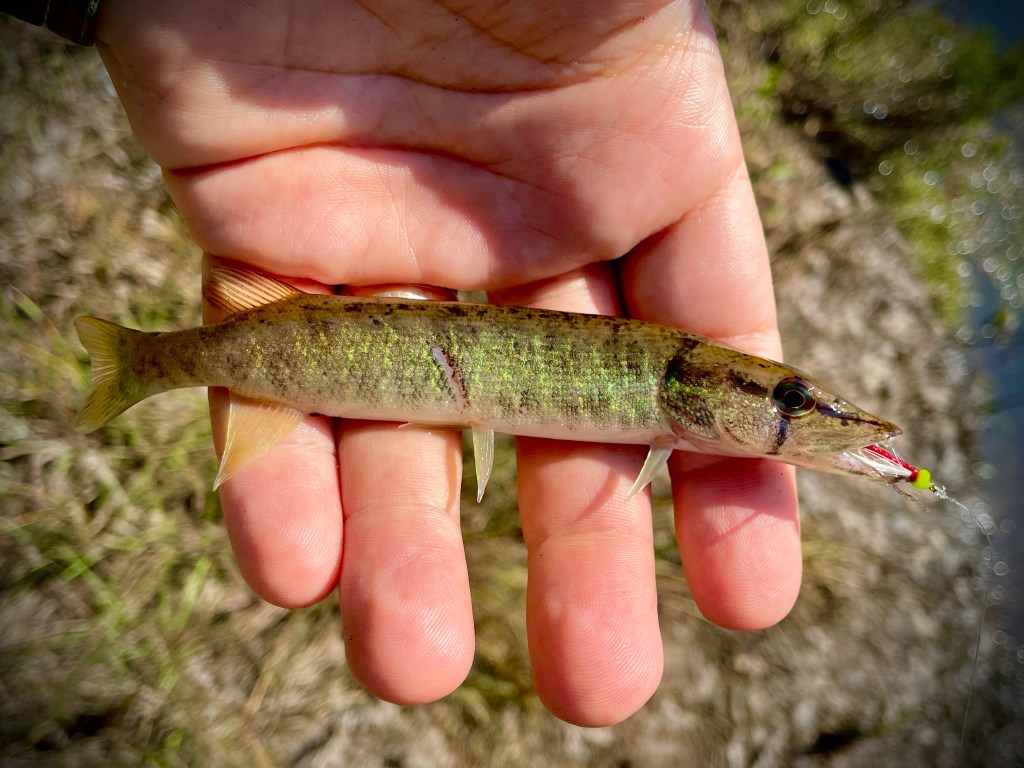A quick field report & hurricane update
As I write this, we’re now 11-days removed from Hurricane Ida making landfall along the Louisiana coast. Power has finally returned after 10 hot and humid nights, and life is slowly returning to normal. There’s still plenty to be done though. And it may be a few weeks before I return to my normal cycle of posting weekly Step-by-Step tutorials.
In the interim, however, I’ll try to post a few brief field reports from before and after the storm. First up is a quick scouting trip from the Tuesday before Ida made landfall. I was chasing little blue lines in search of new species and was quite pleased with the outcome.
Fishmap.org
When it comes to targeting smaller, rarer or lesser known species of fish, research and planning go a long way. Anything that helps to narrow your search area can be the difference between a day of casting and a day of catching. Having endured plenty of the former as I’ve embarked on my various mixed bag pursuits this year, I’ve quickly learned to rely on the resources that are out there.
And while field guides and texts play a role (as do relationships with other anglers), I’ve learned there are few resources of more importance than fishmap.org. A collection of survey, citizen science and academic records dating back decades, this site creates dot map ranges for freshwater fish species across North America.

The results, rarely capable of pinpointing exactly where to fish, help to paint a descriptive picture of watersheds and habitat types. Coupled with the little blue lines visible on google maps, this data provides the basis for an aquatic scavenger hunt of source. One that is quite rewarding when successful.
Data Gained
Even with planning not all spots are guaranteed to pay off. And such was the case with my first spot on this particular morning. Grass (Redfin) Pickerel were on my mind, and I had mapped out a wide loop through Louisiana’s Florida Parishes in hopes of finding them. With half a dozen locations tagged in my phone, I headed for the furthest first. Intent to spend my day hitting the remaining locations as I worked my way home.
A two hour drive from home, I arrived at this first spot shortly after 8AM. Crystal clear and 30-feet across, the deep pools bordered each side of the bridge. The water teemed with fish, and I quickly spotted bass, bluegill, redhorse and various shiners cruising below.
Only the bluegill reacted to my flies, however, and, after an hour, I chalked it up as data gained. Unprepared to target the redhorse, I’d make a mental note to return better prepared.
If at first you don’t succeed…

Back in the car, I made the quick 15-minute drive to my next location. A tributary of a larger bayou known to contain grass pickerel, this site stood in distinct contrast to the first. Shallow and narrow, the waters were tannic black as they flowed from the dense forest on either side of the road.
Tying on a small, white Rattle Fly (#14), I began to work the edges and any structure I could locate. With the stream surprisingly devoid of submergent vegetation, downed limbs and shoreline root balls seemed the likely ambush points for these mini predators.
The string of strikes that followed, however, came from an unexpected source. Small, vibrantly colored Dollar Sunfish continually threw themselves at my streamer with reckless abandon. Only a few weeks removed from finally coaxing my first Dollar to take a #24 nymph, it was a bit shocking to find a population so willing to hit a streamer.

…try, try again.
Ten minutes and a dozen Dollar Sunfish later, I decided it was time to write off the shoreline and turn my attention to the open water. While fairly shallow and lacking in vegetation, the stretch warranted at least a few blind casts before moving on. Two casts later, this decision proved wise.
As I stripped the small white streamer across the pool, a 6-8″ torpedo shaped silhouette flashed from below, and my line went limp. 5X tippet cut clean through, I added a short 8-lbs Fluorocarbon shock tippet and hurriedly tied on my remaining Rattle Fly.
Returning to the pool, it took only three casts to hit pay dirt. As before, a small, elongate silhouette flashed from below, and my fly was gone. But this time, my tippet held.

Continuing to work the pool, I quickly tallied more than a dozen of the small pike ranging from 4″ -7″. Though none approached the 12″ mark I had hoped for, their abundance left me confident I could eventually tangle with such a beast.


Content with my success, I called it a day and chose to bypass my other spots as I headed home. There would be other chances to fish those blue lines. Just not today.
Tight Lines
Chris
